Collecting fireweed seeds is a rewarding fall activity. Fireweed is a beautiful plant with spiked magenta colored blooms, often seen growing wild along highways, forest edges, and in open meadows and fields. The fireweed seeds can be harvested and saved, for planting in the garden next season.
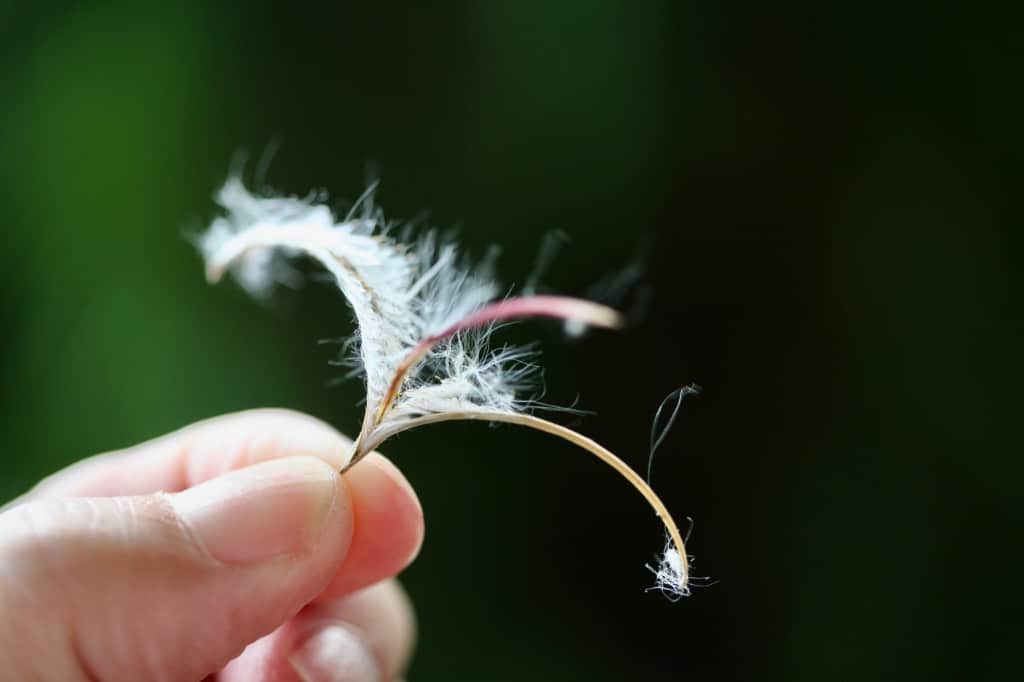
I absolutely love fireweed, both in the garden, and in it's native habitat.
Before discussing how to collect the fireweed seeds, let's briefly review the fireweed plant and the benefits of collecting fireweed seeds.
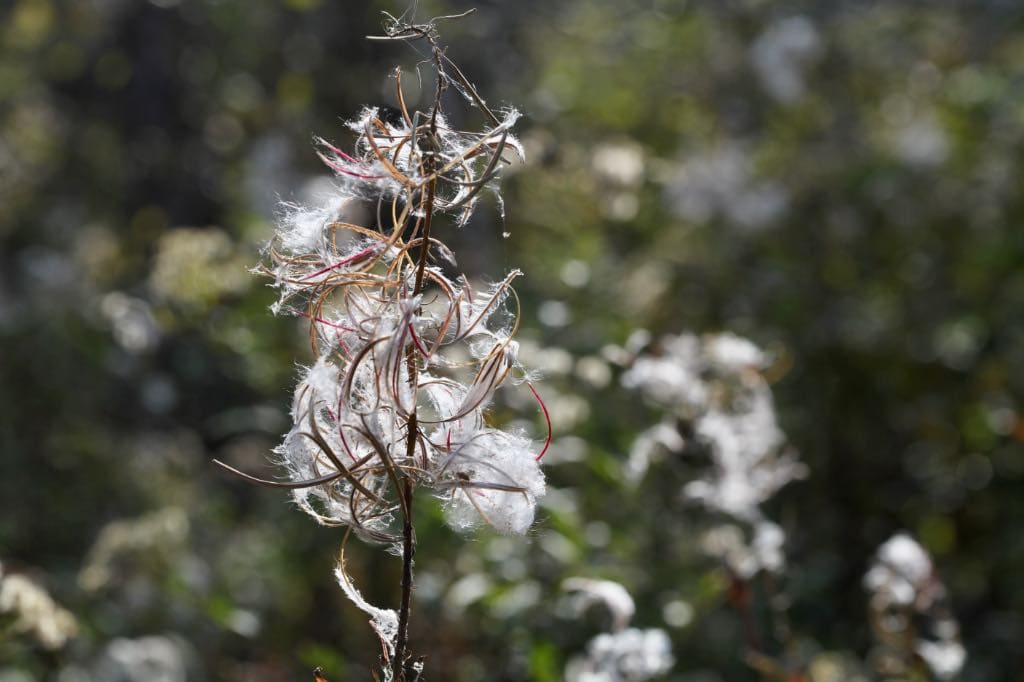
A Bit About Fireweed
Fireweed, or Chamaenerion angustifolium (also called chamerion angustifolium) , is a perennial wild flower which is a member of the willow herb and evening primrose family, Onagraceae.
This interesting flowering plant is commonly known as fireweed, great willowherb, rosebay willow herb, and bombweed, to name just a few common names.
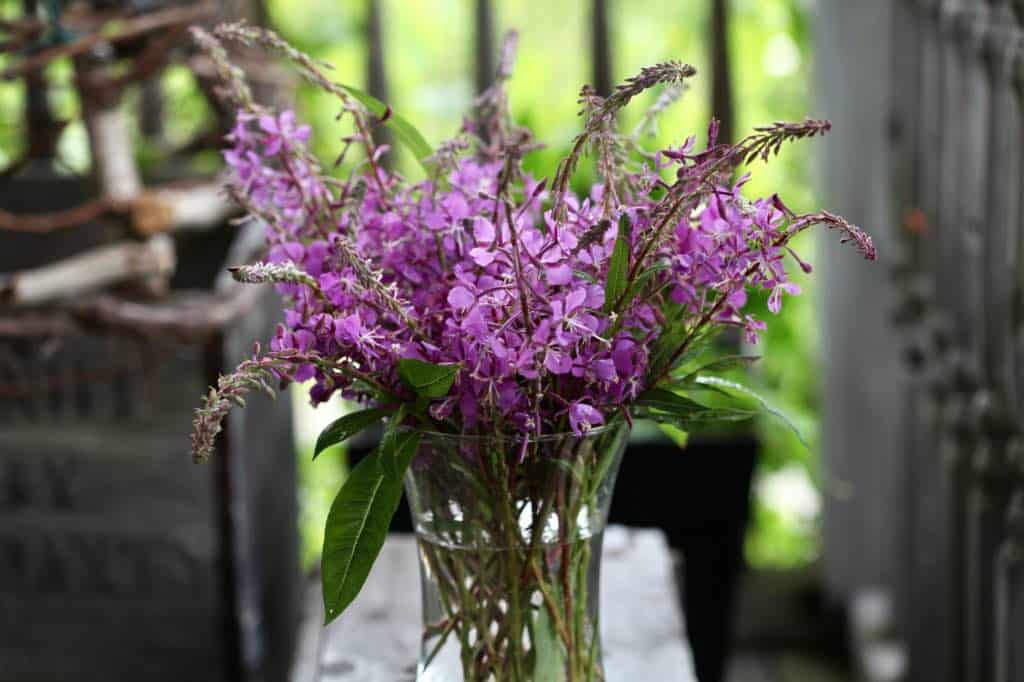
Growing Location
Here in Nova Scotia, as well as in other locations, fireweed plants are often found in areas where the landscape has been damaged by fire, and where the land has become barren.
In fact the fireweed plant got it's common name, "fireweed", due to the fact that the plants are often found in those wide open spaces in the wild, where trees have been burned by wildfires.
When regrowth of the land occurs, the fireweed plants are often the first plants to appear.
The characteristic pink flowers of fireweed offer a sign of new growth, and also of new life.
Fireweed is also found in disturbed areas such as land which has been laid bare, such as clear cuts, and in open areas of disturbed soil.
The plants are often found growing in poor soil conditions, which they tolerate very well.
In fact, the plants will help to improve the soil, by contributing to the soil structure, nutrient uptake, and fertility.

The Life Cycle Of Fireweed
New Shoots In Spring
- Fireweed is a herbaceous perennial which becomes dormant during the winter months.
- In spring the plant emerges from the ground, sending up new fireweed shoots. These shoots continue to grow, eventually forming a flower head at the top of each flower stalk.
- Fireweed is a tall plant. The flower stalks can become quite tall, sometimes reaching up to 8 feet in height in some growing locations.
- The plants generally however, grow to be about 4 to 6 feet tall.
- Fireweed often grows together in groves or groupings of mature plants, spreading via an underground root system.
- Sometimes a small grouping of fireweed can form from just one plant, spreading out and multiplying as the plant matures over time.

Flower Head Formation
- Flower heads form at the top of the flower stalk, and are ready to begin blooming by mid summer.
- The rose-purple flowers are a colorful sight to behold, especially when filling entire meadows with their beauty.
- The fireweed flower head is a spike-shaped structure which contains pink fireweed blossoms.
- These 4 petalled blossoms bloom in succession, from the bottom of the flower head to the top, over the course of the summer.
- The flowers start blooming on the bottom of the flower head first, and then gradually progress up to the top, as the season progresses.
- The flowers will bloom from summer, right through until fall.
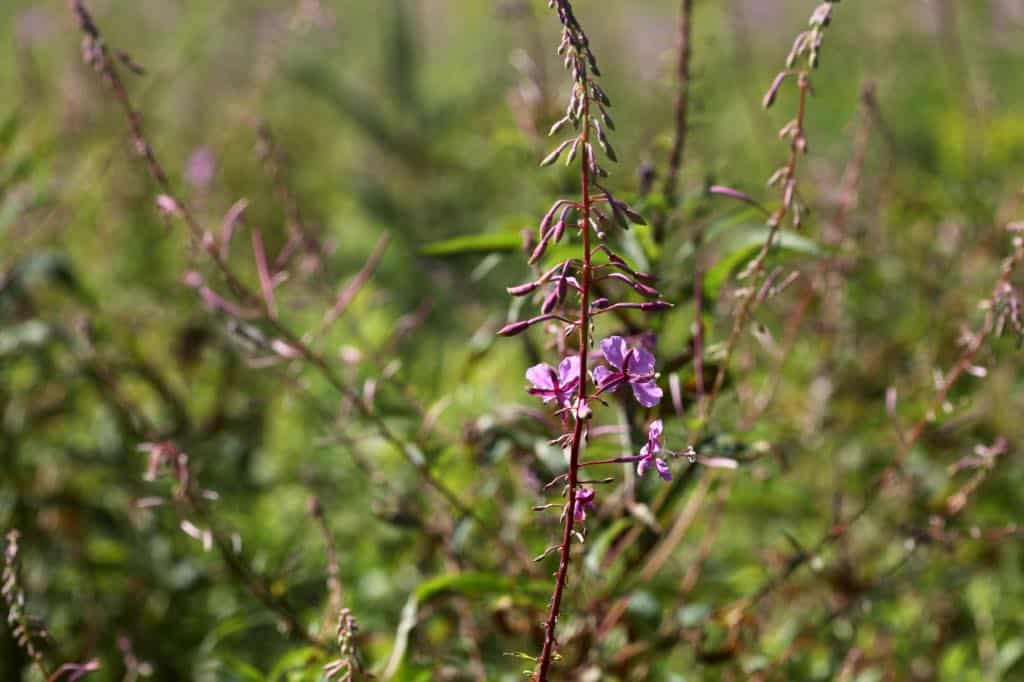
Formation Of Seed Pods
- Seed production begins if the fireweed flowers have been pollinated by bees and other pollinating insects.
- The fireweed seed pods are long, thin, and pink, and will dry and open to release the seeds when mature.
- The thin seed pods start to form at the bottom of the flower head first, because those are the first flowers to become fertilized.
- As a result the seed pods will begin to mature at the bottom of the flower initially, and then gradually mature towards the tip, as the season moves along.
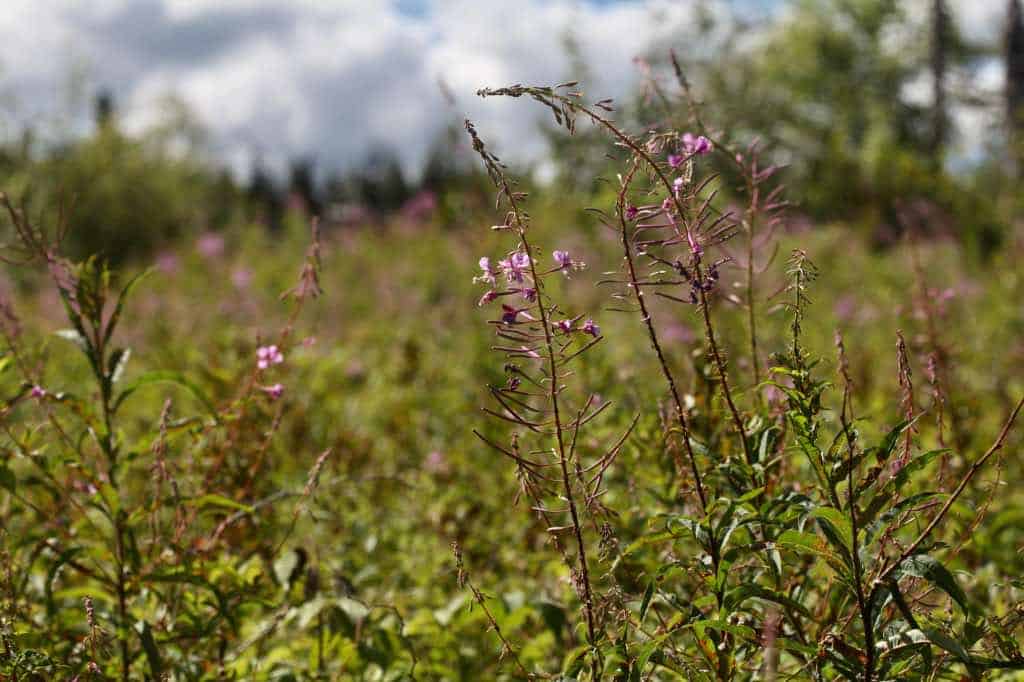
Fireweed Seeds
- Each pod contains approximately 300 to 400 tiny seeds, which are attached to silky white hairs. The hairs help with the dispersal of the seeds in the wind.
- Fireweed seeds measure approximately 1.0 mm in length. They are oval and light brown in color.
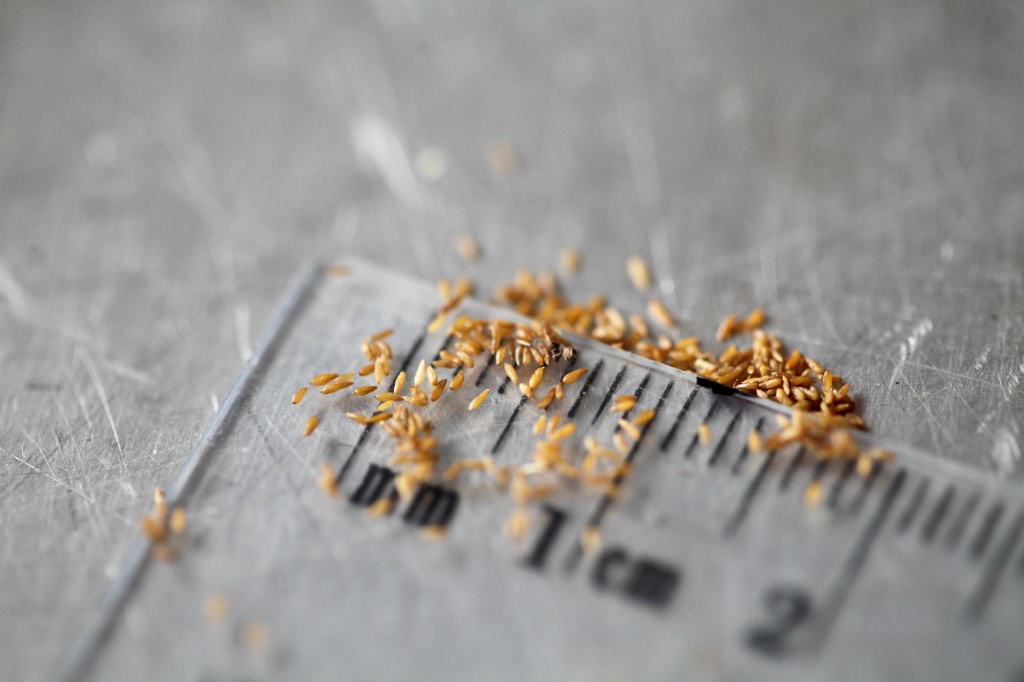
- The pods will burst open at maturity, revealing the white fluff with the seeds attached inside.
- Once released from the pod, the seeds and their silky hairs tend to stick onto the plant, until they are gradually dislodged by the wind.
- Many of the seeds will then be released, and carried off in the breeze. This will allow the seeds to germinate and grow in a new location, spreading the fireweed plants.
- Collecting fireweed seeds reminds me of collecting milkweed seeds, as both plants have the similar silky hairs attached to the seed, which also stick to the plant.

Benefits Of Collecting Fireweed Seeds
Culinary Use
- Consider collecting fireweed seeds to plant in your garden to grow for culinary use.
- Fireweed has edible flowers and leaves, as well as a long history of culinary use. All parts of the plant are considered edible, including the roots.
- I have used fireweed flowers to make a delicious fireweed jelly, starting out first by foraging for the blooms.
- At the time I knew that I wanted to have the plants in my garden, for easier access.
- Therefore last year I grew fireweed from seed, and planted the seedlings into a new bed in the garden. Now I have my own little patch of fireweed to harvest from.
- Fireweed flowers can be used in all sorts of ways, including as a garnish in salads, and making fireweed jelly, as well as brewing a fireweed tea.
- Fireweed tea can also be made with fermented fireweed leaves, and has a similar flavor to black tea.
- The tender young shoots can also be used and eaten in early spring.
- Harvest the shoots when they are about 6 inches high. Use them in soups, sauté, or steam, similar to asparagus.
- Fireweed honey is another culinary delight made from fireweed. The honey is made by honey bees that harvest nectar from the fireweed plants.
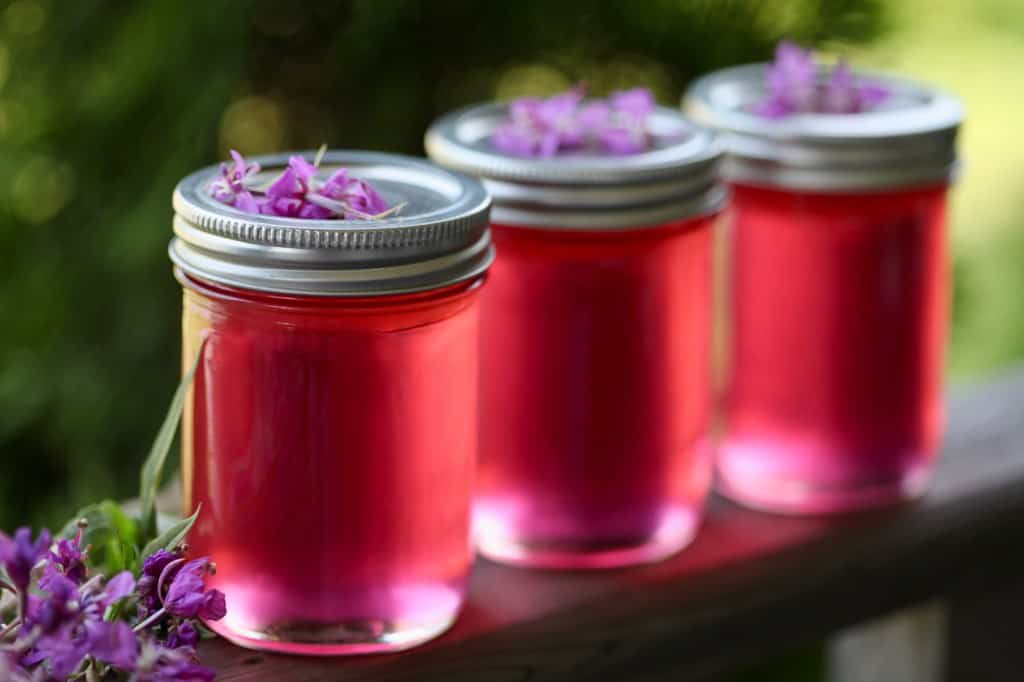
Ecological Restoration
- Fireweed plays a role in ecological restoration in nature.
- It colonizes in fire damaged areas, and contributes to reforestation and the return of vegetation.
- The dense root system of the fireweed plant helps to bind the soil, preventing soil erosion.
- It also helps to contribute to the habitat, providing a food source to insects, birds, and various wildlife.
- Collecting and dispersing seeds can help the fireweed plant in it's ecological role.
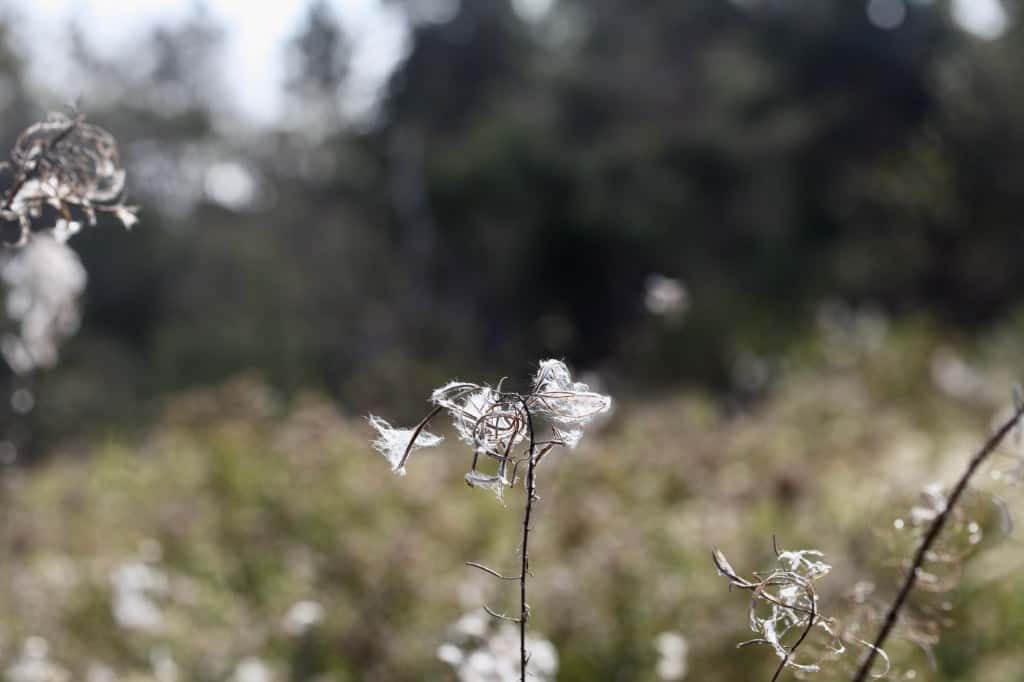
Landscape And Garden
- While most often seen in the wild, fireweed can also be a striking addition to gardens and naturalized landscapes.
- The brilliant pink flowers add bright color from mid summer through fall.
- Once established, the plants are also low maintenance, which is an added bonus.
- Consider collecting fireweed seeds to plant in the garden.
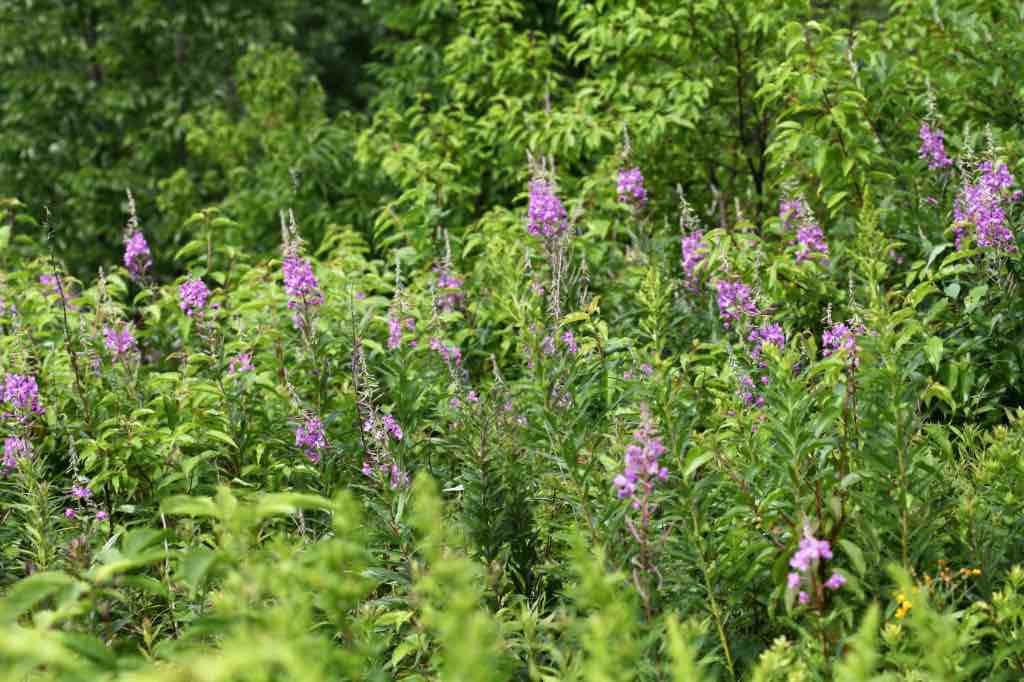
Collecting Fireweed Seeds
Fireweed seeds are interesting to find and collect.
If the pods have opened, you can see the telltale white fluffy seeds from the seed pods, glowing in the sunlight from a distance, making it easy to find the plants in the field.
Of course once you get to the plant you will need to correctly identify it as well.
This year I harvested my own fireweed seeds.
Fireweed seeds are very easy to collect, although separating the seeds from the fluffy white hairs can be a bit messy.
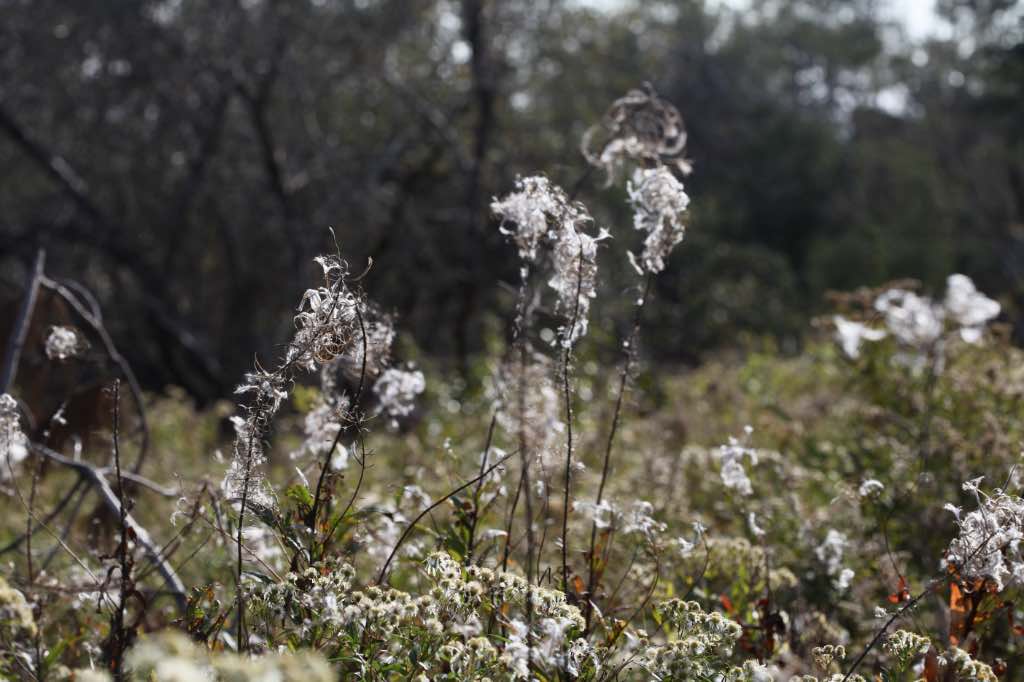
Tools You Will Need
- Pair of pruners or garden shears
- A container or basket
Harvesting The Seeds
The best time to collect fireweed seeds is in late summer or early autumn, when the seed pods are brown and begin to split open.
Ideally, harvest the seed pods before they have broken open, and when they are mature on the plant. Mature pods are dry, and easily crack open to reveal the seeds inside.
Any immature seed pods should be left on the plant to finish maturing.
Sometimes however, you may not get to the seed pods on time.
If this occurs you will find that the pods have all opened, and the cottony seeds are already covering the top of the plant, indicating mature seeds for harvesting.
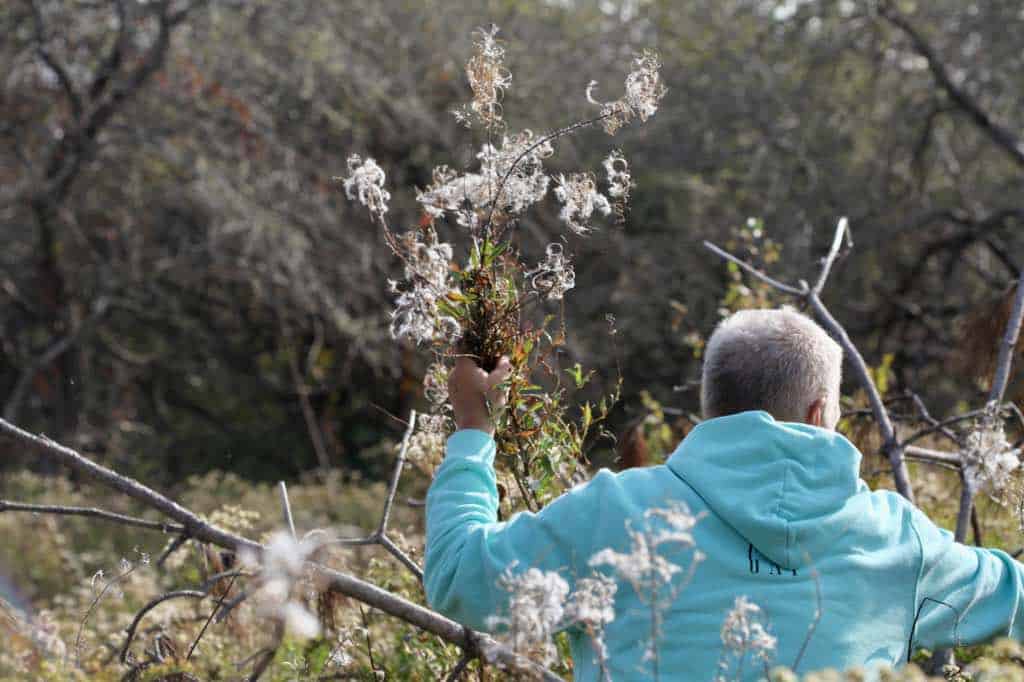
To harvest the fireweed seeds:
- Harvest the seeds on a dry day, to help prevent molding of the seeds.
- Choose healthy disease free plants to harvest from.
- Sometimes it's easiest to harvest the entire seed head at this point, at the tip of the plant.
- With a pair of snippers, cut the flower head from the main stem, and place in a container or a basket.
- Be careful of a breeze, as any wind can cause many seeds to be lifted up and blown away into the air.
- Gently place the harvested seeds into your container, protecting them from dispersing.
- Bring the seeds inside, and allow them to dry for a few days, before removing the silky hairs from the seeds.
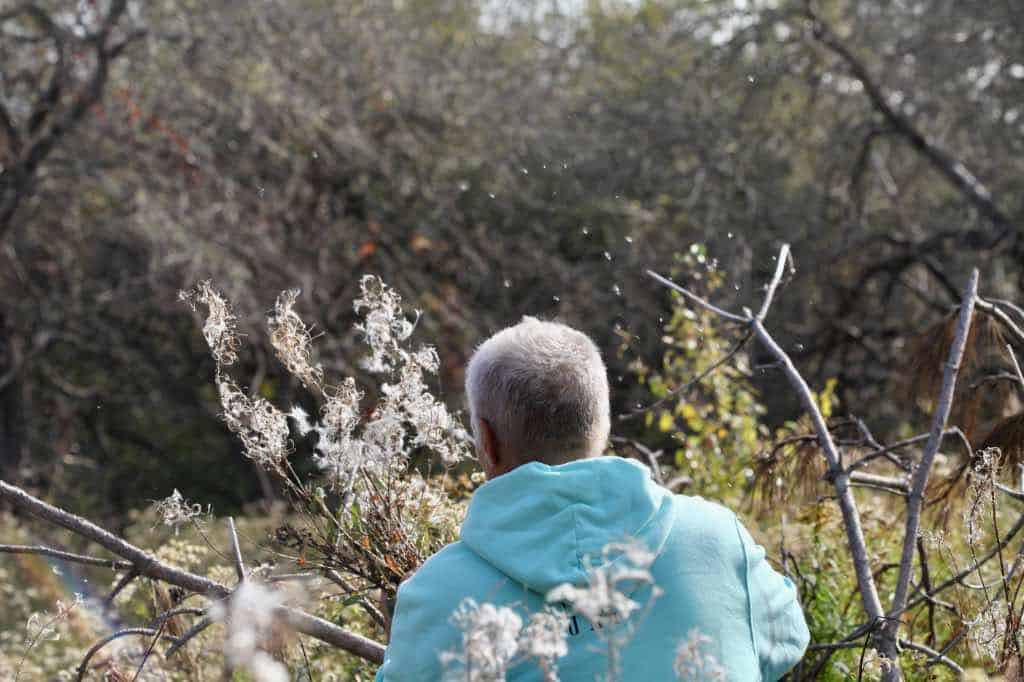
Processing The Seeds
- The tiny seeds can be pulled individually from the silky hairs, and dropped into a container for collecting, however this is a difficult proposition, as the seeds are so small.
- Each tiny seed is barely visible to the naked eye, so it can be tricky to pull them away from the hairs.
- There is a much quicker, easier, and more efficient way.
- Rather, just take an open pod, and a small amount of the cottony fluff with seed, and gently tap with your fingers over a black plate or dark container. The seeds will fall easily away, and down onto the plate.

- Since the seeds are lighter in color they can be seen as tiny specks on the plate.
- Brush them up into a pile with your finger, and they are ready for storage.

- This process can be a bit messy if there is any air movement, so try separate the seeds from the hairs in a protected area.
- If you are collecting the seeds for yourself and your garden, it shouldn't take too long at all.
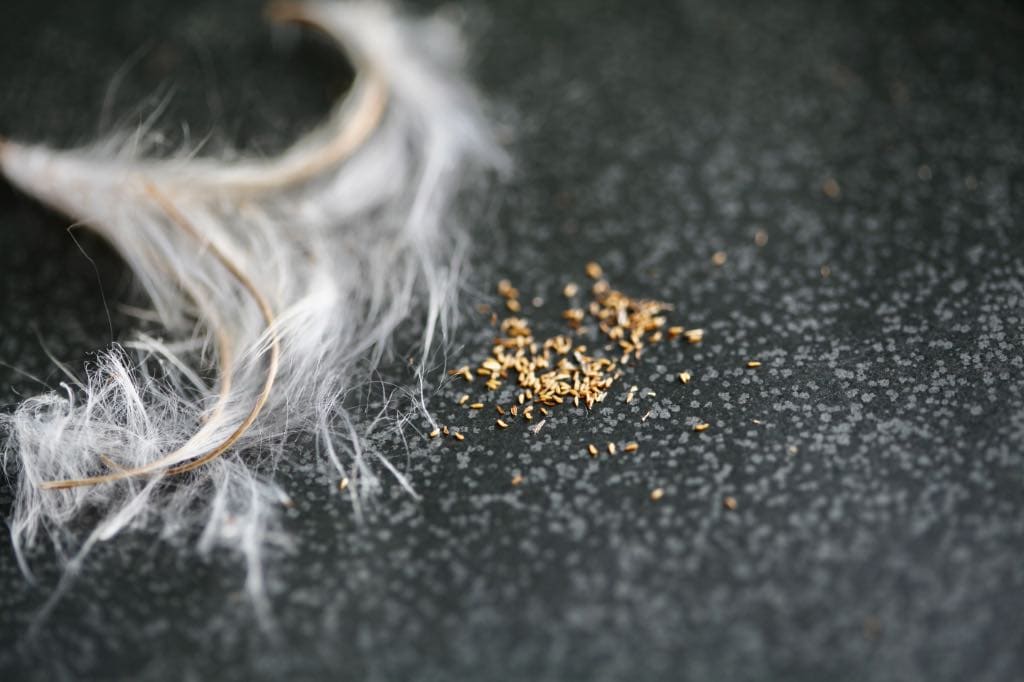
- The seed processing can also be mechanized, if you are processing many fireweed seeds at once.
- Cleaning fireweed seeds using this method involves vacuuming the seeds through a specialized sieve, separating the seeds from the chaff and debris.
Storing Fireweed Seeds
Once the seeds have been separated from the silky hairs and the chaff, it's time to store them away.
Store the fireweed seeds in a paper envelope, in a cool, dry and dark location for best seed life and longevity.
Any airtight container will do as well, although be careful of the potential for moisture buildup if the seeds are not completely dry.
My preference has always been to use paper envelopes for most seeds, as the paper helps to wick away any residual moisture that may occur.
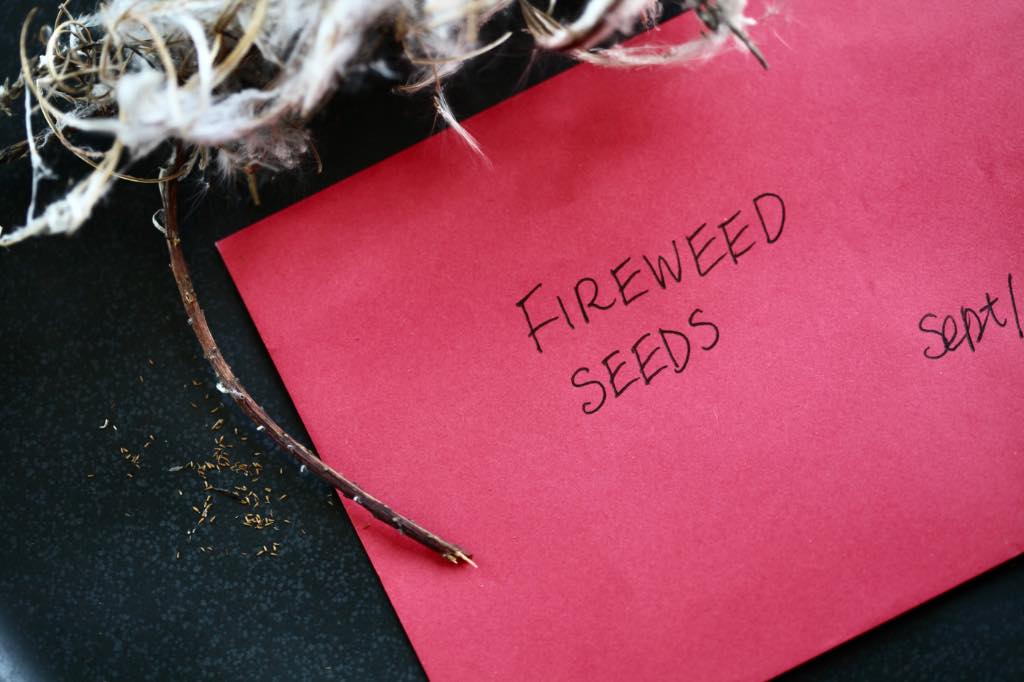
Frequently Asked Questions
How long can I store fireweed seeds before they lose viability?
Fireweed seeds can be stored for several years and have good germination rates, as long as the seeds are stored using the proper storage techniques.
After several years the seeds are considered to be less fresh, and germination rates will reduce.
Use the seeds within the first 2 years for best success.
Do I need to cold stratify fireweed seeds before planting?
Fireweed seeds require cold stratification for best germination.
Most perennial seeds have a hard outer coat, which helps to protect them during cold freezing winters, and also helps to prevent early germination.
The stratification process helps to break down the hard seed coat, and aides the germination process.
Stratification for fireweed seeds involves exposing the seeds to a cold moist environment for a period of 2 to 3 months. After this period the seeds will more readily germinate.
I used the winter sowing method for planting my fireweed seeds. The seeds successfully germinated in spring, after being outside all winter.
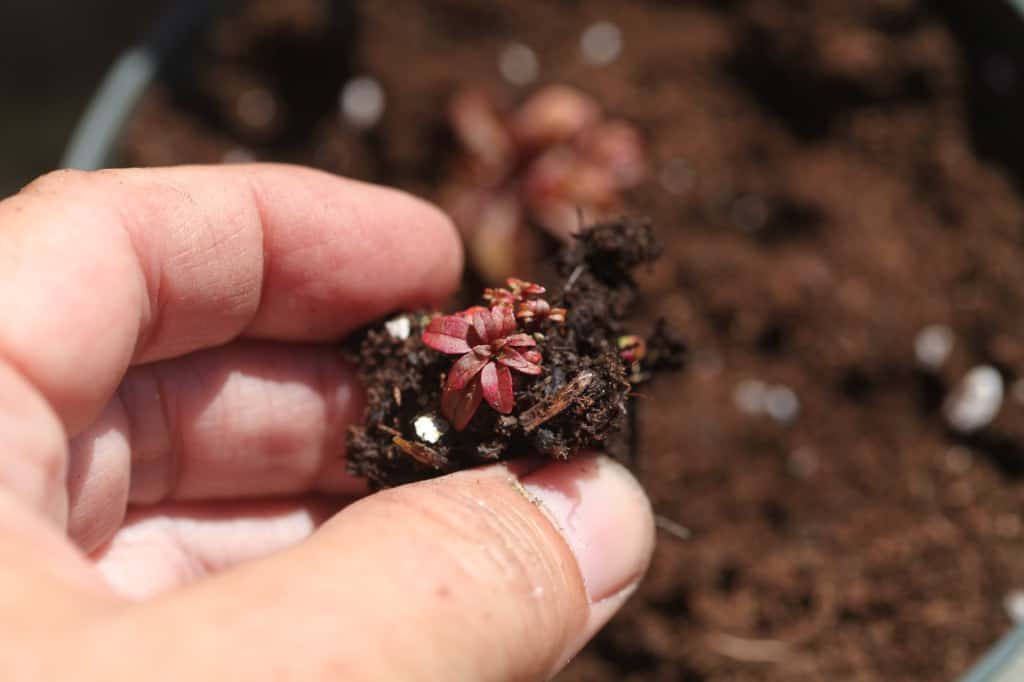
Why are my fireweed seeds not germinating?
There are a number of different reasons that fireweed seeds do not germinate successfully.
If the seeds were harvested too early, they may be immature and non viable seeds.
Or perhaps they have been in storage for longer than 2 years, and are older seeds.
Perhaps as well the proper storage conditions were not met to maintain best shelf life, and the seeds are no longer viable.
Lastly, make sure to stratify the seeds before planting for best outcome. Even the healthiest fireweed seeds may not germinate if they do not receive the proper stratification treatment.
Conclusion
Collecting fireweed seeds is a rewarding and fun fall activity.
This tall showy wildflower has much to offer to any garden.
By partaking in this seed collection, we have an opportunity to introduce this vibrant wildflower into our garden landscape.
Not only does fireweed offer a splash of vibrant color to the garden space, it also holds a promise of growth, rejuvenation, and a connection to the natural world.
Consider collecting fireweed seeds, to add their beauty to your own garden next season.
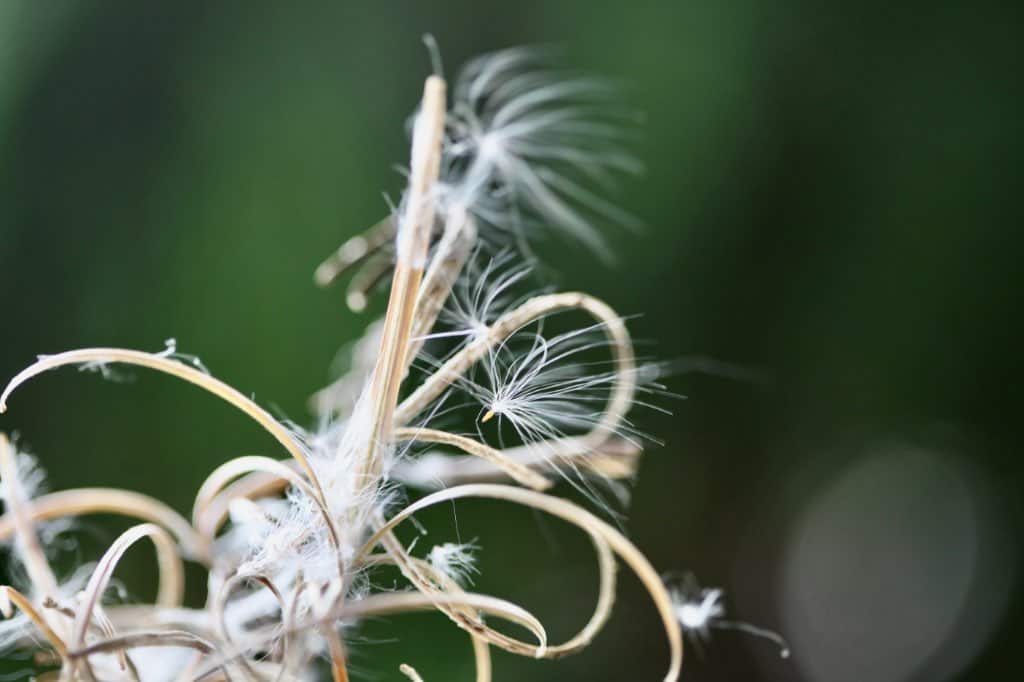
Other Posts You May Like:
Read the Web Story on How To Collect Fireweed Seeds!
PIN IT FOR LATER!
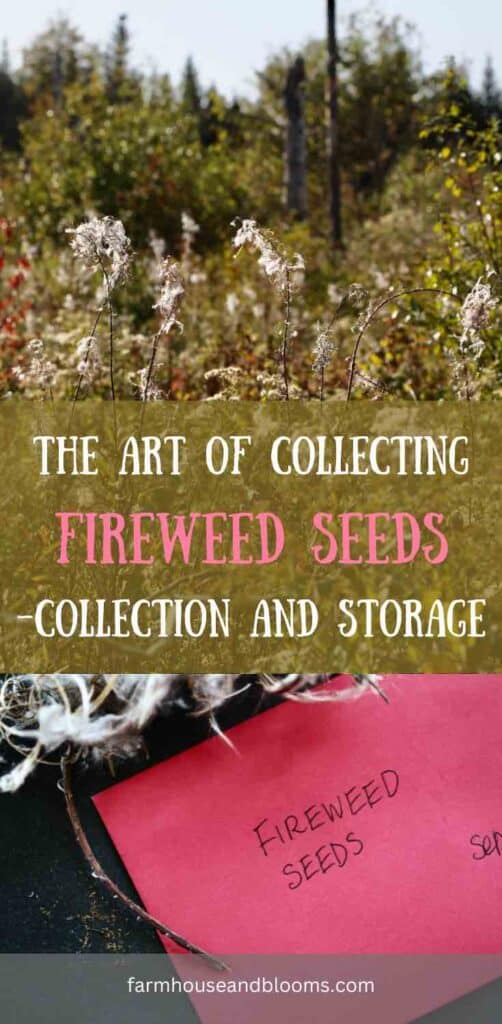
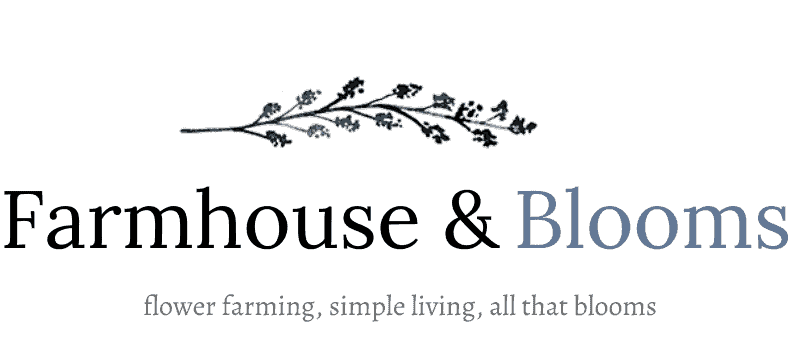

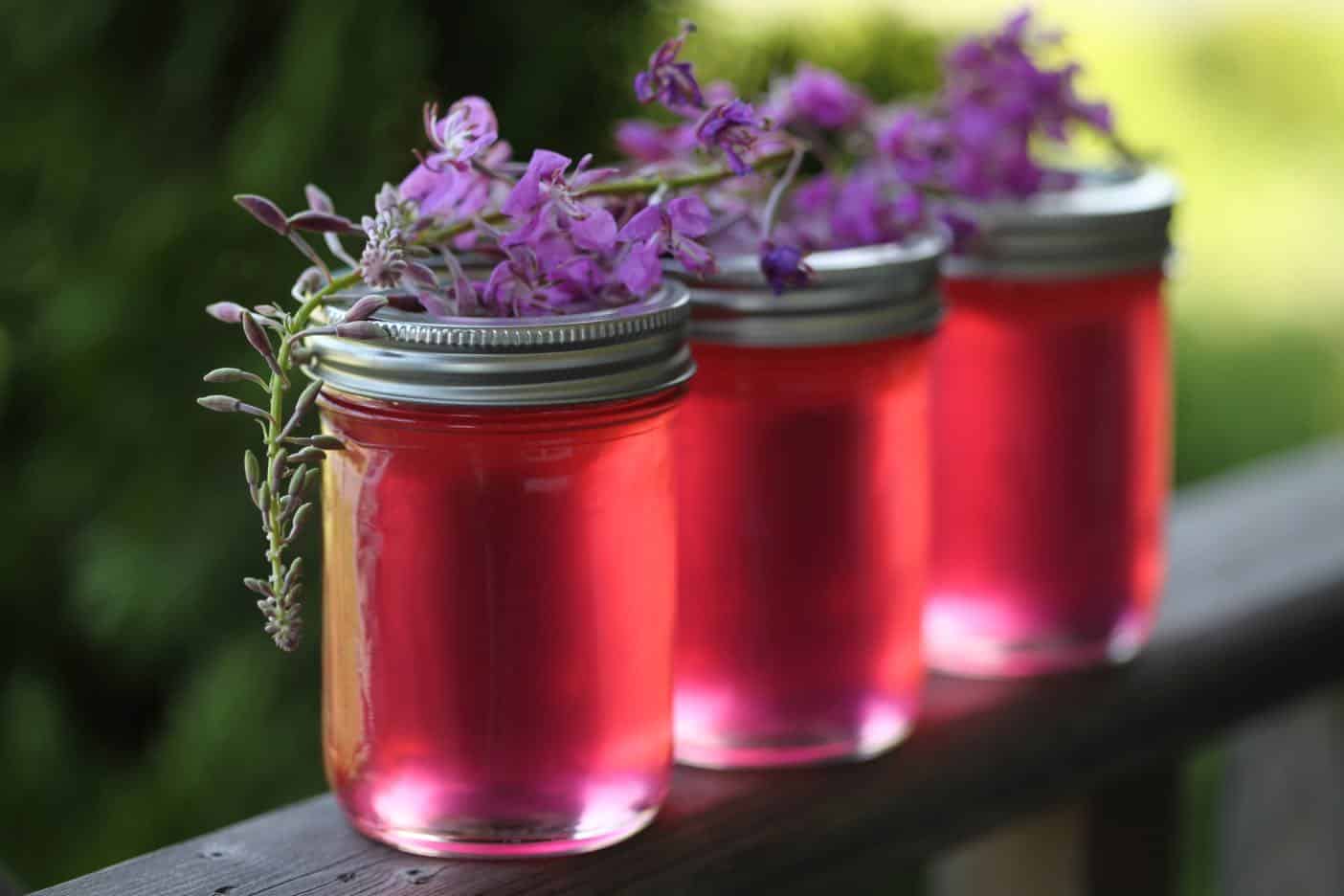
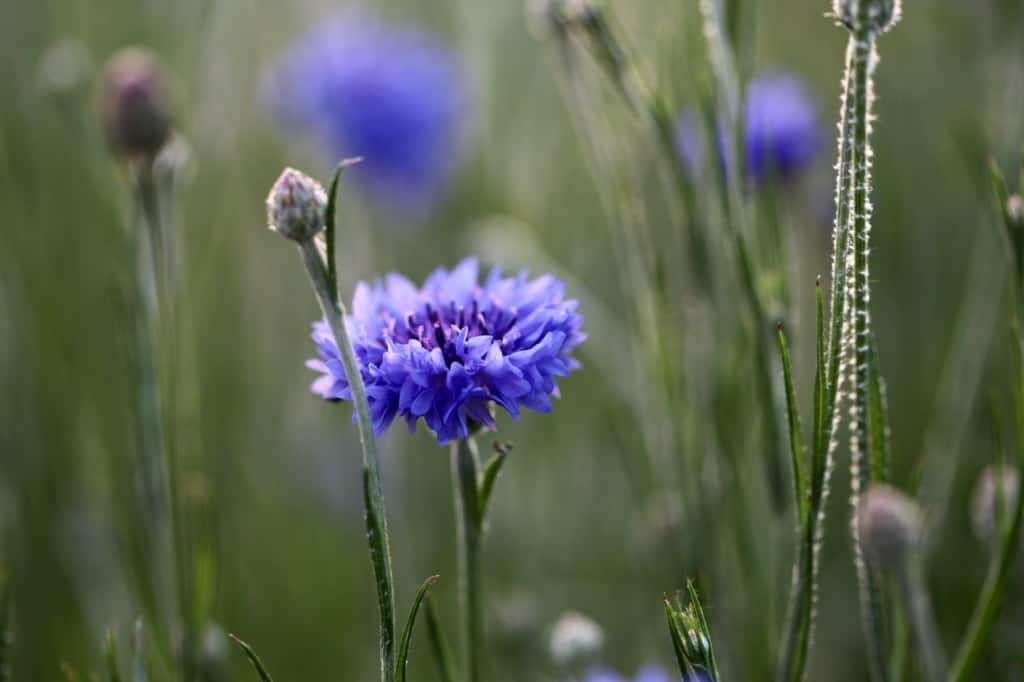
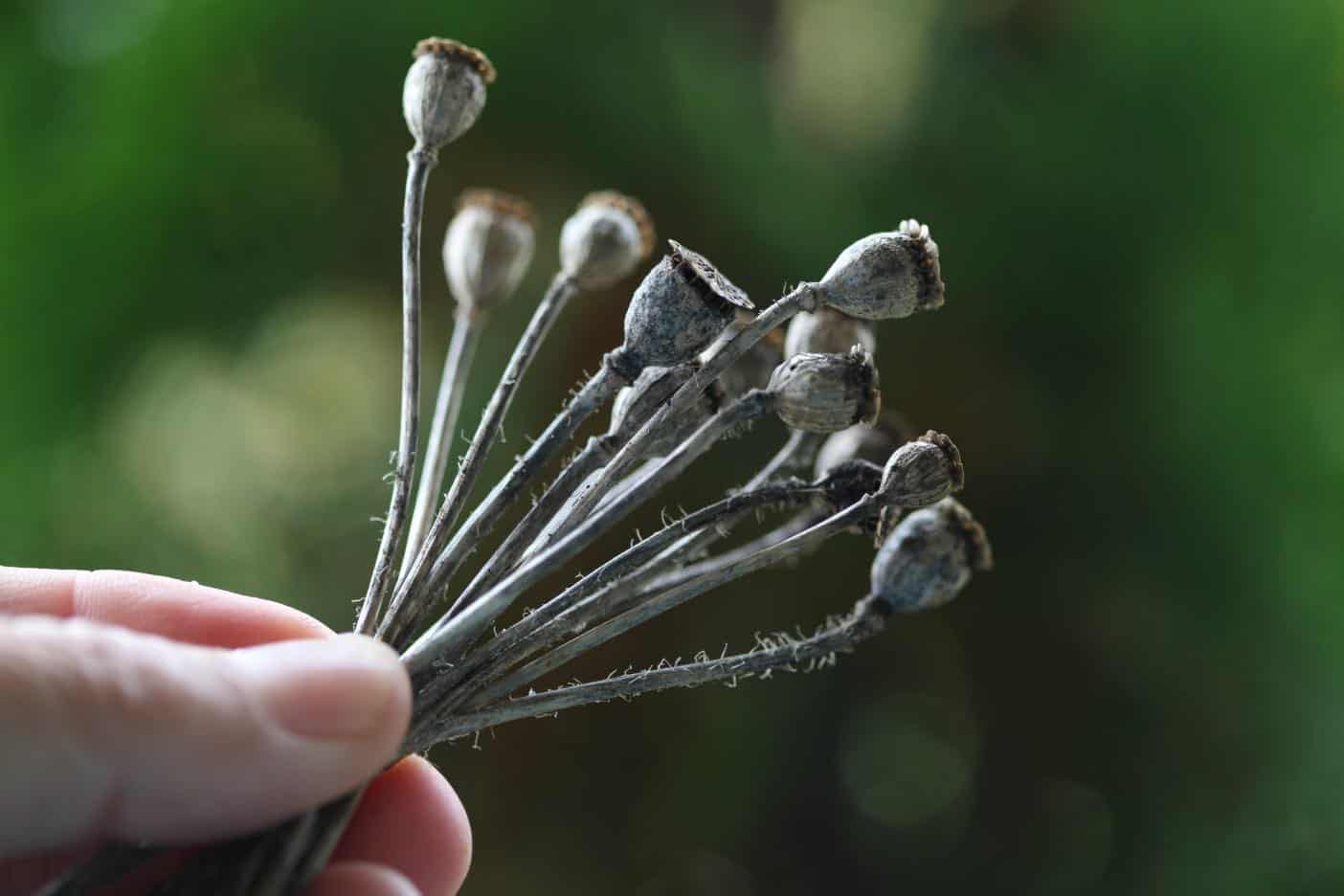
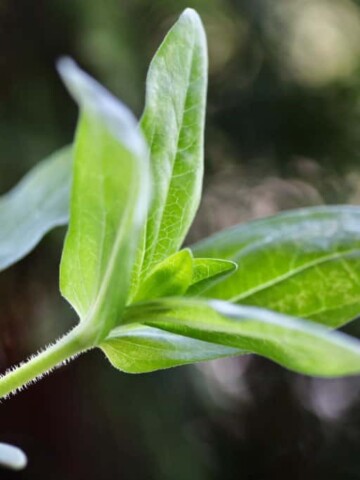
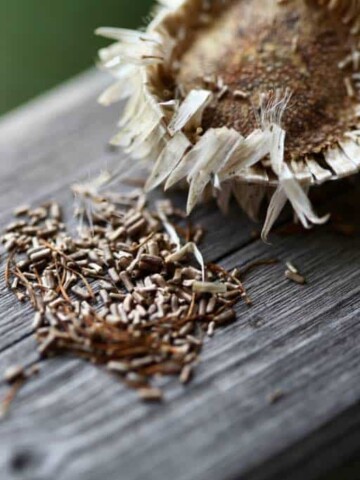
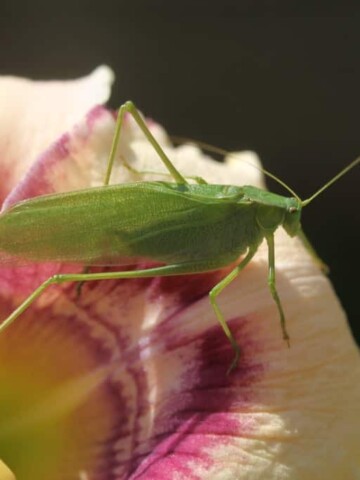
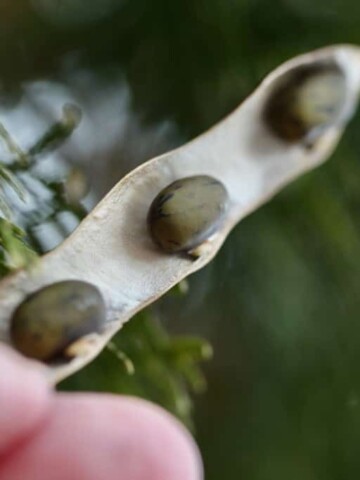
Leave a Reply